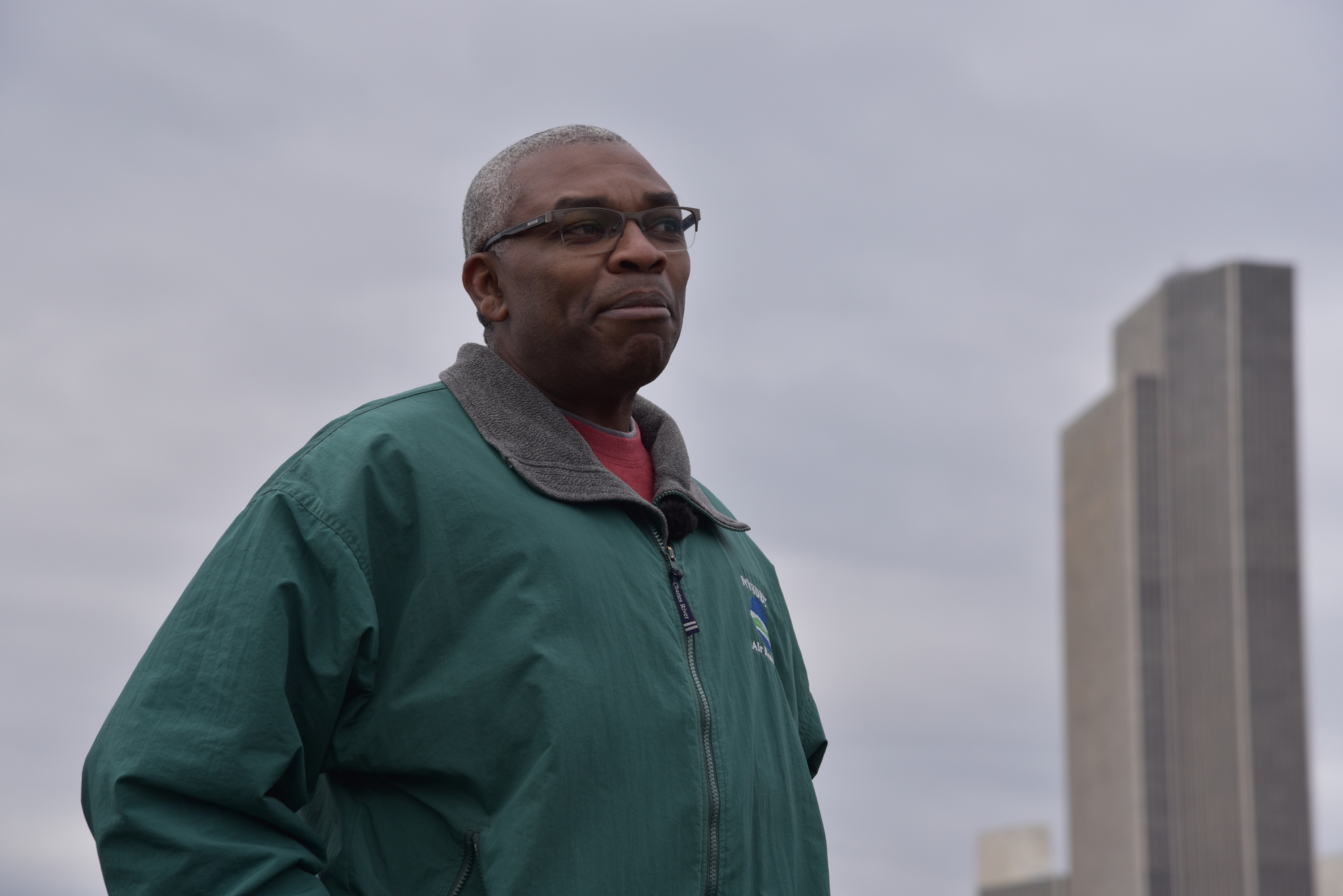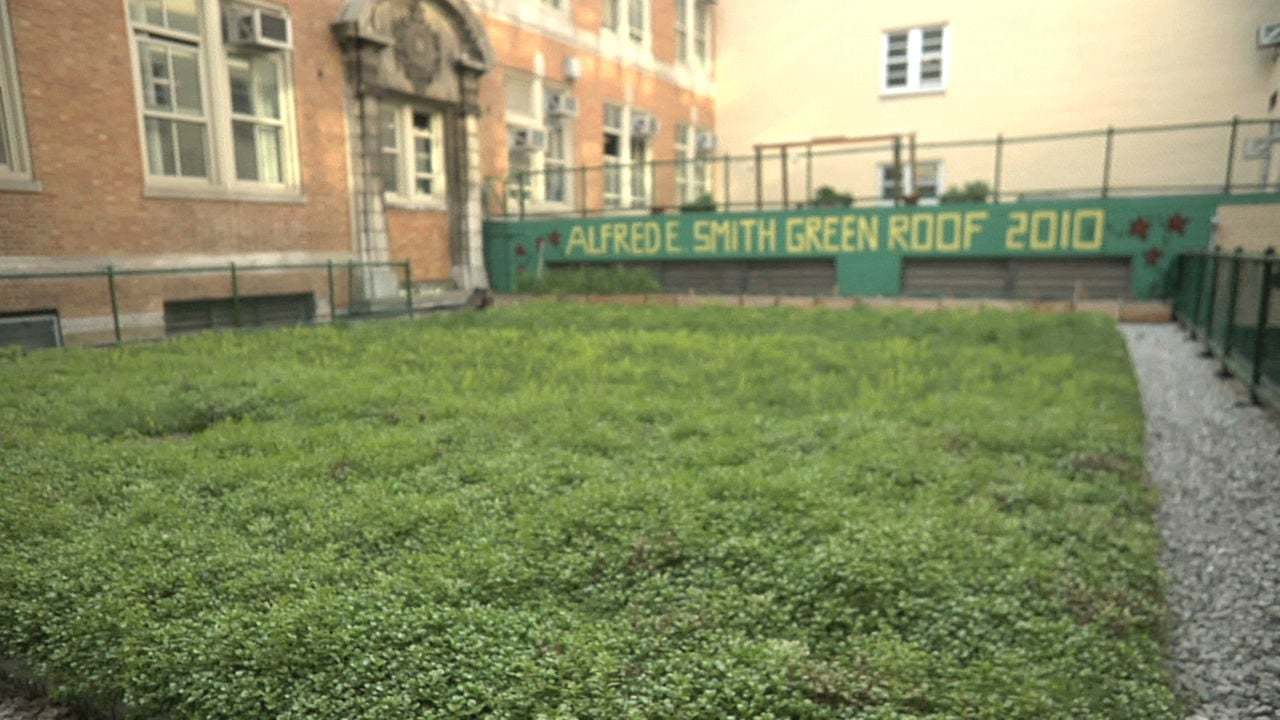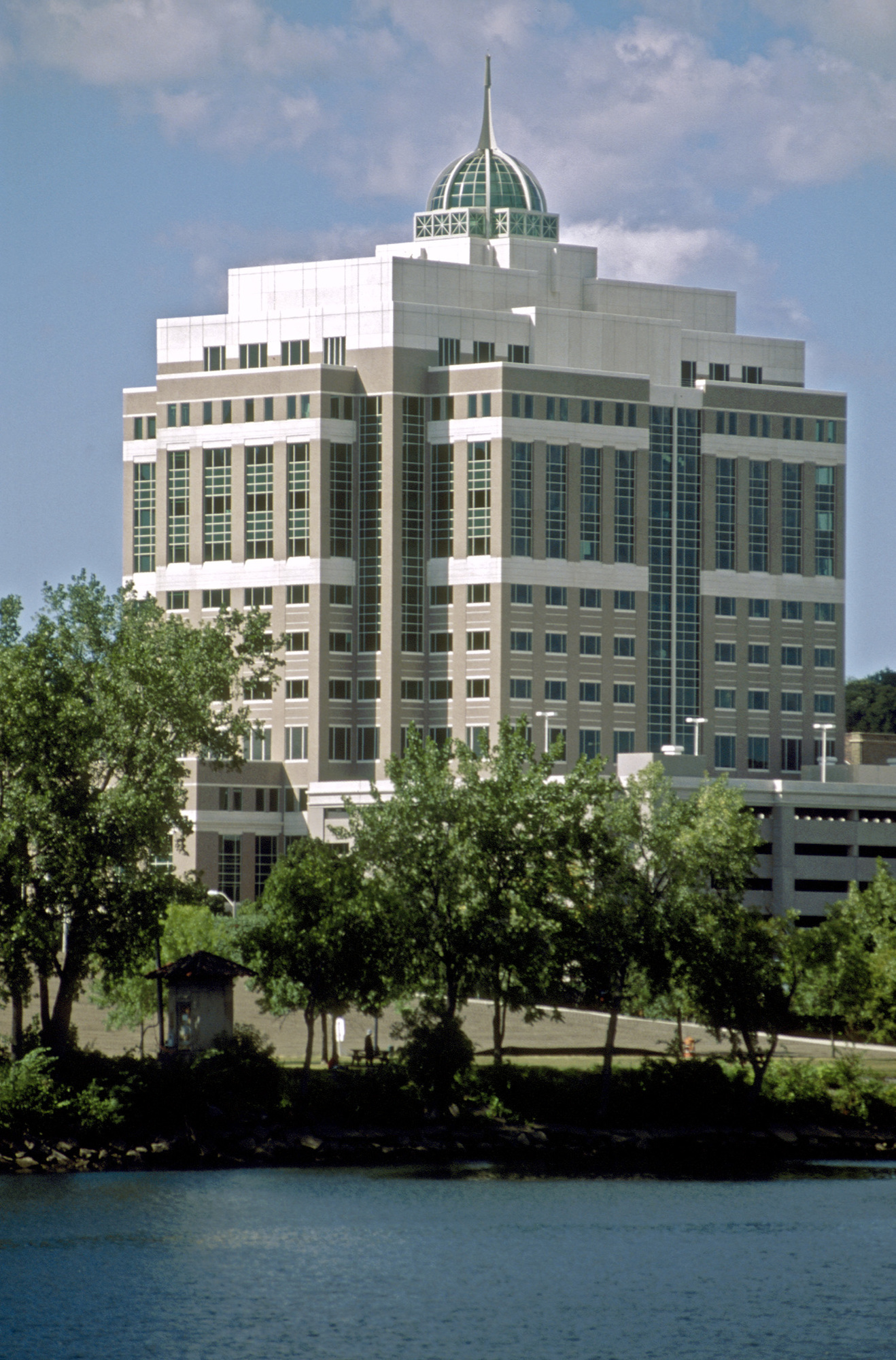|

Updates to Environmental Review Regulations
The DEC is currently proposing amendments to the regulations that implement the State Environmental Quality Review (SEQR). SEQR requires state and local government agencies to consider the environmental impacts of all actions that may be approved, funded, or undertaken. SEQR benefits the public in many ways and provides opportunities for the public to meaningfully participate in the state or local government decision-making process.
The proposed changes will streamline the environmental quality review process to make it more efficient without sacrificing environmental protection and community involvement. Potential changes include:
- Making scoping of Draft Environmental Impact Statements (DEIS) mandatory.
- Requiring all Environmental Impact Statements (EIS) to include discussions of measures to avoid or reduce the environmental impacts that may contribute to climate change effects such as flooding.
- Expanding the number of actions that will require an EIS.
- Adding certain types of projects to the list of actions that do not require an environmental assessment or EIS.
For more information on SEQR, visit http://www.dec.ny.gov/permits/357.html
You can review the draft generic EIS, at http://www.dec.ny.gov/permits/83389.html.
More information can be found on DEC’s website: http://www.dec.ny.gov/permits/83389.html
Albany South End Neighborhood Air Quality Initiative
As part of its mission to protect New Yorkers from pollution, DEC invested $500,000 from the State’s Environmental Protection Fund (EPF) for a comprehensive air monitoring program in Albany’s South End Community in 2016. This program, the most thorough air monitoring effort taken anywhere in the state, was conceived in response to air quality concerns of residents living near the Port of Albany. The community was specifically alarmed about multiple potential sources of air pollutants associated with the transportation and storage of crude oil in the area as well as the neighborhoods’ proximity to an active port and diesel truck traffic.
The overall goal of this intensive year-long study is to provide a full picture of the levels of air pollutants of concern in this community, including: how traffic affects pollutants, how the concentration of traffic pollutants changes as you move further away from roads, and how emission sources contribute to benzene concentrations. DEC and the community will use the results of the study to evaluate air quality concerns and identify possible steps to address those findings.
DEC will monitor the following pollutants:
- Particulate Matter (PM) - tiny particles and liquid droplets that get into the air.
- Gaseous Chemicals – nitrogen oxides (NOx) and benzene.
DEC will install a state-of-the-art, fixed monitoring shelter to observe and record particulate matter, gaseous chemicals, and wind speed and direction. Smaller fixed monitors will be installed in two neighborhoods away from the port and highway to record background levels, which will be compared to levels at the port. The study will also use a network of samplers for benzene. Additionally, DEC will roll out mobile particulate monitoring equipment to allow DEC staff to conduct street by street sampling in the South End community.
Governor Cuomo recently championed a new $2 million investment from the EPF for targeted air monitoring and mitigation activities in “hot spots” throughout the state. Working to complement Operation ECO-Quality, a DEC program that works with small businesses in EJ communities to improve compliance with all environmental regulations, these future efforts will help to develop appropriate measures to upgrade air quality and reduce public health risks.
For more information on the Albany South End Neighborhood Air Quality Initiative please visit: http://www.dec.ny.gov/chemical/108978.html.
DEC In Your Corner: Fitzgerald Drummond
 Fitzgerald Drummond is a senior lab equipment designer in DEC’s Division of Air Resources (DAR) since 1999, operates and maintains air monitoring devices in downtown Albany. Go to "On the Front Lines" to check out his and other video profiles celebrating the stories of DEC staff throughout the state and the important work they do to protect the environment, conserve New York's vast natural resources, and serve the public. Fitzgerald Drummond is a senior lab equipment designer in DEC’s Division of Air Resources (DAR) since 1999, operates and maintains air monitoring devices in downtown Albany. Go to "On the Front Lines" to check out his and other video profiles celebrating the stories of DEC staff throughout the state and the important work they do to protect the environment, conserve New York's vast natural resources, and serve the public.
Greening the South Bronx
 Green infrastructure is an approach to mitigate severe weather impacts caused by climate change. In urban settings, green infrastructure can ease the effects of catastrophic storm events, frequent floods, and dryer hotter weather by conserving water, reducing CO2 emissions, and lowering energy costs. One of the more popular green infrastructure models, the green roof system, achieves all of these goals. Green roof systems consist of layers of earth that either partially or completely cover a building or residential rooftop and provide a growing environment for plant life. Green infrastructure is an approach to mitigate severe weather impacts caused by climate change. In urban settings, green infrastructure can ease the effects of catastrophic storm events, frequent floods, and dryer hotter weather by conserving water, reducing CO2 emissions, and lowering energy costs. One of the more popular green infrastructure models, the green roof system, achieves all of these goals. Green roof systems consist of layers of earth that either partially or completely cover a building or residential rooftop and provide a growing environment for plant life.
Also known as roof-top gardens, green roofs provide shade and remove heat from the air. Creating a green roof at an industrial facility can reduce the negative impacts of such a large scale building on urban ecosystems.
Green roofs also act as insulators for buildings, absorbing heat and reducing the need to provide heating and cooling. Vegetation from these roofs can also reduce greenhouse gas emissions through dry deposition and carbon sequestration. Green roof vegetation filter pollutants from rainfall and reduce stormwater runoff in cities. They improve human health and comfort, and are great tools for education and research.
Considering all these benefits, it is no wonder they are becoming more and more popular in cities across New York State. In the South Bronx, several organizations successfully installed these beneficial roof systems using funds from DEC’s Environmental Justice Community Grants. Sustainable South Bronx received a $25,000 grant to construct a green roof atop the Alfred E. Smith Vocational and Technical High School in 2010. This was the first green roof built on a public school, and it serves as a valuable tool for educating and inspiring students, as well as for future green jobs training.
“Sustainable South Bronx, now a division of The HOPE Program, a not-for-profit organization dedicated to empowering New Yorkers living in poverty to achieve economic self-sufficiency through employment and advancement, was thrilled to partner on this project, providing our trainees an opportunity to build new job skills while diverting rainwater from the wastewater treatment system and mitigating the urban heat island effect,” said Jennifer Mitchell, Executive Director of the HOPE Program and SSBx. “The staff and students at The Bronx Design & Construction Academy have done amazing work maintaining this green roof.”
In 2012, THE POINT Community Development Corporation, a non-profit organization dedicated to youth development and the cultural and economic revitalization of the Hunts Point section of the South Bronx, was awarded a $50,000 grant to construct a green roof on top of its main facility in Hunts Point. The green roof currently catches stormwater runoff to mitigate frequent flooding of its courtyard, and provides benefits to the nearby Bronx River. The green roof at The Point reduces an estimated 150,000 gallons of storm water runoff annually and is also used as an outdoor classroom for environmental education.
For more information on green roofs and their benefits, please visit: http://www.dec.ny.gov/lands/58930.html#Green
https://www.epa.gov/heat-islands/using-green-roofs-reduce-heat-islands
Apply For Funding
Are you a community-based organization looking to fund a project? DEC’s Office of Environmental Justice offers Environmental Justice Impact Grants to not-for-profit organizations to address environmental harms in low income and environmental justice communities. For additional information on OEJ grants and a complete list of previous project awardees, please visit our website: http://www.dec.ny.gov/public/31226.html.
We Can’t Do It Without You
Do you have concerns about the environment where you live? Do you want to make your voice heard? Do you want to stay informed about the different environmental issues affecting the state of New York?
Join our Environmental Justice Listserve!
Go to: http://www.dec.ny.gov/public/65855.html and sign up to receive regular updates from the Office of Environmental Justice. Stay current on the issues that are important to you.
As always, you can contact the Office of Environmental Justice with any concerns by sending an e-mail to: justice@dec.ny.gov. Please include:
- Your Location/Address - City, town, village or borough
- The environmental concerns you wish to address
- List the potential source if you know
- How or whether you wish to be contacted
Help Us Serve You

|




 Fitzgerald Drummond is a senior lab equipment designer in DEC’s Division of Air Resources (DAR) since 1999, operates and maintains air monitoring devices in downtown Albany. Go to "
Fitzgerald Drummond is a senior lab equipment designer in DEC’s Division of Air Resources (DAR) since 1999, operates and maintains air monitoring devices in downtown Albany. Go to " Green infrastructure is an approach to mitigate severe weather impacts caused by climate change. In urban settings, green infrastructure can ease the effects of catastrophic storm events, frequent floods, and dryer hotter weather by conserving water, reducing CO2 emissions, and lowering energy costs. One of the more popular green infrastructure models, the green roof system, achieves all of these goals. Green roof systems consist of layers of earth that either partially or completely cover a building or residential rooftop and provide a growing environment for plant life.
Green infrastructure is an approach to mitigate severe weather impacts caused by climate change. In urban settings, green infrastructure can ease the effects of catastrophic storm events, frequent floods, and dryer hotter weather by conserving water, reducing CO2 emissions, and lowering energy costs. One of the more popular green infrastructure models, the green roof system, achieves all of these goals. Green roof systems consist of layers of earth that either partially or completely cover a building or residential rooftop and provide a growing environment for plant life.